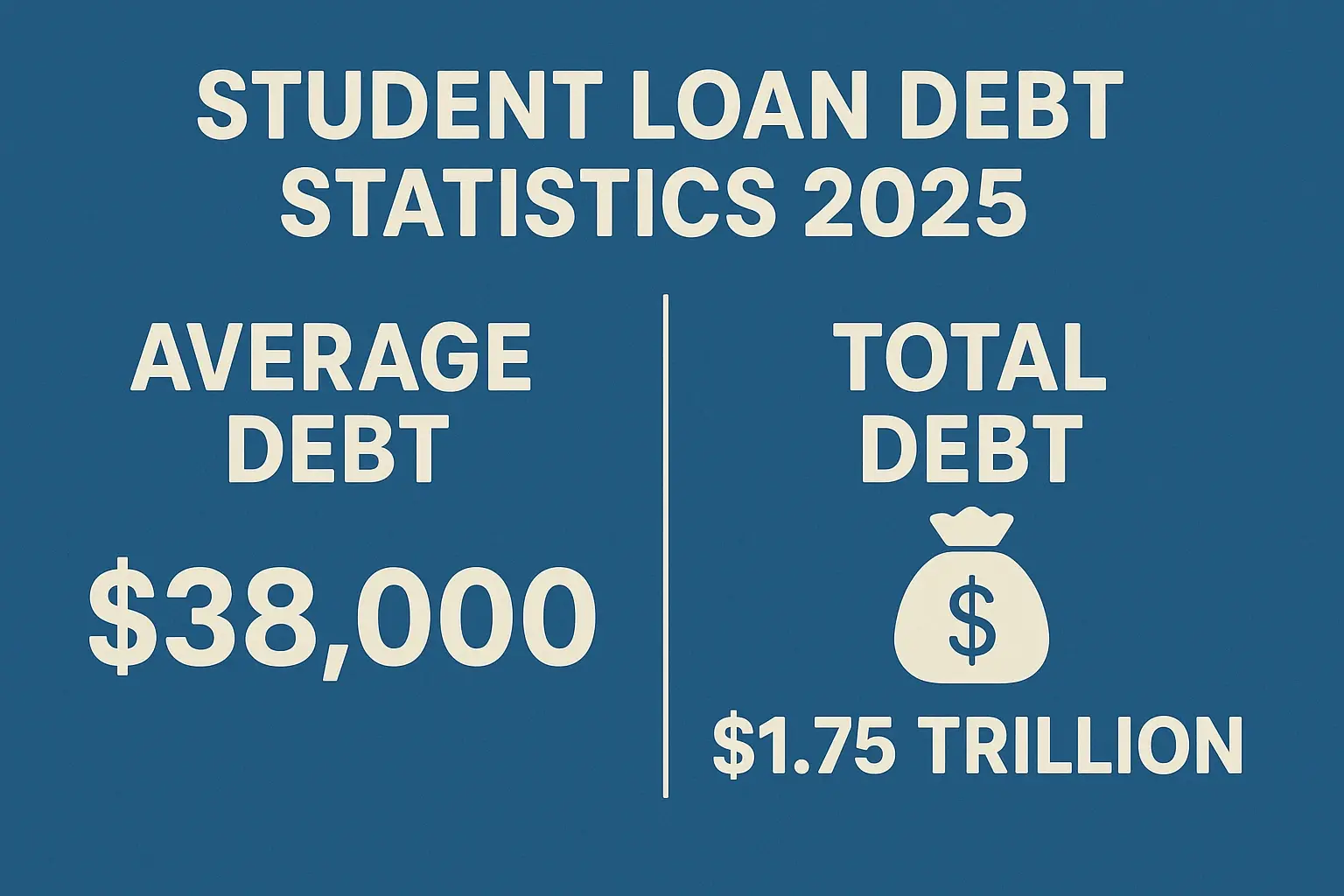Demystifying the 609 Credit Rule
The "609 credit rule" is a term often used, but often misunderstood, in the realm of credit repair. It refers to Section 609 of the Fair Credit Reporting Act (FCRA), a federal law that grants consumers specific rights regarding their credit reports. This guide will break down what Section 609 actually says, how it can be used, and what it doesn't guarantee.
Many people believe the 609 credit rule is a magic bullet that instantly erases negative credit information. The truth is more nuanced. It's a powerful tool when used correctly, but it's not a guaranteed fix. Understanding the law and its limitations is crucial for effective credit repair.
Understanding the Fair Credit Reporting Act (FCRA)
Before diving into Section 609, it's essential to understand the overarching framework of the FCRA. The FCRA is designed to ensure the accuracy, fairness, and privacy of credit information. It gives consumers the right to:
- Access their credit reports from the three major credit bureaus (Equifax, Experian, and TransUnion).
- Dispute inaccurate or incomplete information on their credit reports.
- Have inaccurate information investigated and corrected.
- Control who can access their credit information.
The FCRA is the foundation upon which the 609 credit rule is built. Without the FCRA, the power to dispute inaccurate information wouldn't exist.
Section 609 of the FCRA: Request for Validation
So, what exactly does Section 609 say? In essence, it gives you the right to request information about the *methods* and *sources* used to verify the accuracy and completeness of the information on your credit report. Specifically, Section 609(a)(1)(A) states that you have the right to request the “source of the information.” This means you can ask the credit bureau where they obtained the information they have listed on your credit report. Section 609(a)(1)(B) concerns the method of verification used to check the information when it was initially added to your report or when you later disputed it.
This is not simply asking them to prove the debt is yours or to provide documentation of the debt. It's about requesting the *process* they used to ensure the information's accuracy. For example, you might ask: "How did you verify the address associated with this account?" or "What documentation did you receive to confirm the delinquency reported?"
How to Use Section 609 to Your Advantage
Here's a step-by-step guide on how to use Section 609 effectively:
- Obtain a copy of your credit report: You can get a free copy of your credit report from each of the three major credit bureaus annually at AnnualCreditReport.com.
- Identify inaccuracies: Carefully review your credit reports and identify any inaccuracies, outdated information, or accounts you don't recognize. This could include incorrect names, addresses, account numbers, or payment histories.
- Draft a 609 letter: Write a letter to the credit bureau referencing Section 609 of the FCRA. Clearly state the specific information you are disputing and why you believe it is inaccurate. Most importantly, request the method of verification used and the source of the information. Be polite and professional.
- Include supporting documentation: If possible, include any supporting documentation that supports your claim, such as proof of payment, identity verification, or a police report in case of identity theft.
- Send the letter via certified mail: Send your letter via certified mail with return receipt requested. This provides proof that the credit bureau received your dispute.
- Track the response: The credit bureau has 30 days to investigate your dispute. They are required to notify you of the results of their investigation.
- Follow up: If the credit bureau fails to respond within 30 days, or if you are not satisfied with the results of their investigation, you have the right to file a complaint with the Consumer Financial Protection Bureau (CFPB).
Example 609 Letter Template
Here's a sample template you can adapt for your own use:
[Your Name] [Your Address] [Your Phone Number] [Your Email Address] [Date] [Credit Bureau Name] [Credit Bureau Address] Subject: Dispute of Information Under Section 609 of the Fair Credit Reporting Act To Whom It May Concern: I am writing to dispute the following information on my credit report, which I obtained on [Date] from [Credit Bureau Name]: [Clearly describe the inaccurate information. Be specific. For example: "Account number 123456789, reported by ABC Company, is incorrectly reporting a late payment in July 2023. I made the payment on time."] According to Section 609 of the Fair Credit Reporting Act, I am requesting that you investigate this information and provide me with the method of verification used to determine the accuracy and completeness of the information and the source of the information originally reported. [Optional: Briefly explain why you believe the information is inaccurate. For example: "I have attached a copy of my bank statement showing that the payment was made on time."] I expect a prompt investigation and correction of this inaccurate information. Please send me written confirmation of the results of your investigation and any corrections made to my credit report. Thank you for your time and attention to this matter. Sincerely, [Your Signature] [Your Typed Name]
What the 609 Credit Rule Is NOT
It's crucial to understand the limitations of the 609 credit rule. It is *not*:
- A quick fix: Credit repair takes time and effort. It's not a magic button that instantly erases negative information.
- A way to remove legitimate debt: If the information on your credit report is accurate and verifiable, the credit bureau is not obligated to remove it.
- A way to avoid paying your debts: Ignoring your debts will only worsen your credit score.
- A loophole to exploit: Attempting to misuse the 609 credit rule can have legal consequences.
The 609 rule is designed to correct *inaccurate* information, not to eliminate *accurate* debts.
Beyond the 609 Credit Rule: Other Credit Repair Strategies
While the 609 credit rule can be a valuable tool, it's often most effective when combined with other credit repair strategies:
- Debt Validation: Send a debt validation letter to the debt collector requesting proof that they have the legal right to collect the debt. This is often a separate process from a 609 dispute and is governed by the Fair Debt Collection Practices Act (FDCPA).
- Negotiating with Creditors: Contact your creditors and try to negotiate a payment plan or a settlement. Paying off even a portion of your debt can improve your credit score.
- Secured Credit Cards: Use a secured credit card to rebuild your credit history. Make small purchases and pay them off on time each month.
- Credit Builder Loans: Credit builder loans are designed to help you build credit by making regular payments.
- Becoming an Authorized User: If you have a trusted friend or family member with good credit, ask them to add you as an authorized user on their credit card.
The Importance of Documentation
Throughout the credit repair process, meticulous documentation is key. Keep copies of all letters you send and receive, as well as any supporting documentation. This will be invaluable if you need to escalate your dispute or file a complaint.
When to Seek Professional Help
If you are struggling to repair your credit on your own, consider seeking professional help from a reputable credit counseling agency. Be wary of companies that promise guaranteed results or charge exorbitant fees. Look for agencies that are accredited by the National Foundation for Credit Counseling (NFCC) or the Association for Financial Counseling & Planning Education (AFCPE).
Common Mistakes to Avoid When Using the 609 Credit Rule
Many people make mistakes when trying to leverage the 609 credit rule. Avoiding these pitfalls can improve your chances of success:
- Sending Generic Dispute Letters: Credit bureaus often dismiss generic dispute letters. Tailor each letter to the specific inaccuracy you are disputing and clearly explain why you believe it is incorrect.
- Disputing Accurate Information: The 609 rule is for *inaccurate* information, not debts you simply don't want to pay. Disputing valid debts wastes time and can even backfire.
- Failing to Provide Supporting Documentation: Including supporting documentation strengthens your claim and increases the likelihood of a successful dispute.
- Giving Up Too Soon: Credit repair can be a long and frustrating process. Don't give up after the first attempt. Persistently follow up and escalate your dispute if necessary.
- Ignoring the Results of the Investigation: Carefully review the credit bureau's response to your dispute. If you are not satisfied, you have the right to file a complaint with the CFPB.











